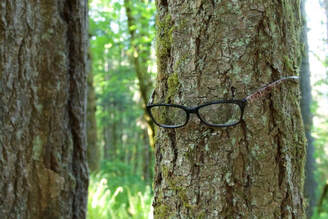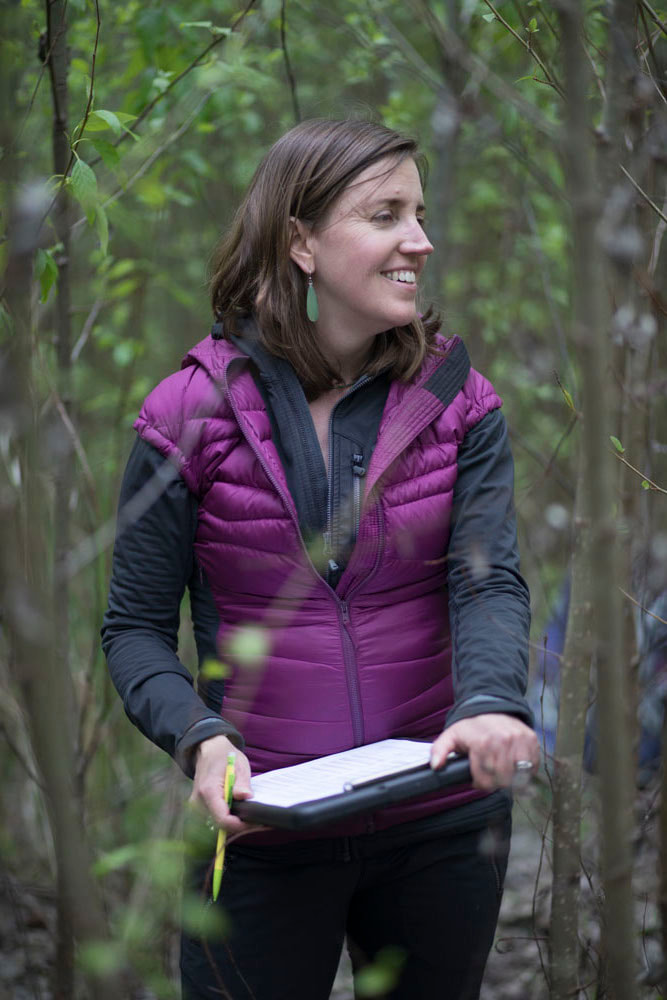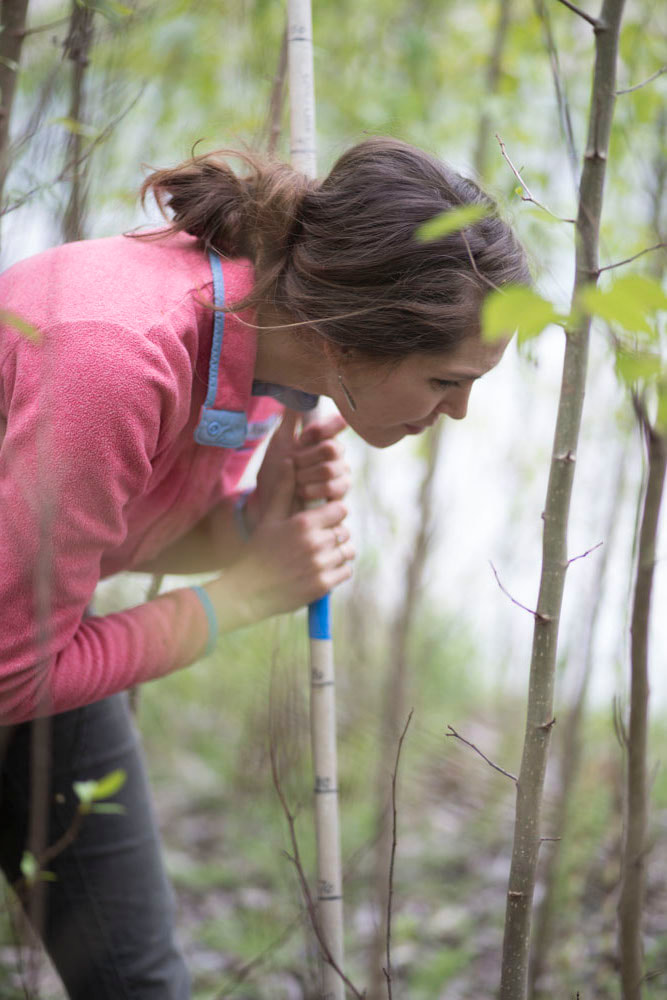Film Info8 minutes
Plumb Productions & HHMI Tangled Bank Studios Available for Free AND Ticketed Events! Synopsis: Featuring an emerging scientist from the Lower Elwha Klallam Tribe and her science mentor, Renewal is a heart-warming story of transformation and restoration. Supported by HHMI and Tangled Bank Studios, this short film is part of HHMI's "Think Like A Scientist" series, exploring what it means to think like a wildlife restoration scientist, with an indigenous perspective. This short film follows up on a feature by the same producer, Return of the River, chronicling the largest dam removal in history on the Elwha River. Action Items
Filmmaker Q&A● What inspired this story?
I am very grateful that HHMI Tangled Bank Studios supported this story, which I see as a follow-up to my previous feature documentary on the Elwha River. This short film looks forward, following an emerging young scientist engaged in an unprecedented restoration effort on the Elwha, rather than back on the decision to remove two large dams. The science story of Elwha River restoration will continue to unfold over years, revealing myriad ecological changes that occur when the natural flow of a river is restored. The wildlife crew featured in this short film embodies parallel components of the Elwha River’s story: scientific and cultural restoration. |
|

● How do you approach storytelling?
I am a storyteller first, drawn to the intersection of science and human experience. I seek out compelling characters, particularly fresh voices that may not be typical of science media. This short film features two women in science, one a young tribal member, who forged an unlikely path into a science career through love of place.
● What impact do you hope this film will have?
The protagonist’s work in this film, as a wildlife biologist engaged in an unprecedented restoration effort - on the same river where her grandfather worked for industry - strikes me as a parable for our time. I see this short film as a call to a new generation to redefine work for an era of restoration, rather than extraction. I would love to see Cameron’s story repeated a thousand times over, particularly in rural and tribal communities that are on the front lines of natural resource dilemmas. More simply, I hope that the film’s scientific focus on interconnectivity within ecosystems will resonate with viewers.
● Were there any surprising or meaningful moments/experiences you want to share?
During the making of this film, protagonist Cameron Macias and I shared a moment that was not recorded on film, but one we’ll both remember. We had a surprise encounter with a black bear in a stand of old growth forest, who was quite close and curious, but not threatening. During this encounter my glasses disappeared. Two weeks later I returned to the same spot on a hunch, well off the beaten track, and my daughter spotted a tree peering down at us, see right. I don’t have a scientific theory for this one.
● What next?
Since this film was released, protagonist Cameron Macias has started a master’s degree in her field, and her team at the Lower Elwha Klallam Tribe has been awarded a major grant to pursue predator studies on the North Olympic Peninsula.
I am a storyteller first, drawn to the intersection of science and human experience. I seek out compelling characters, particularly fresh voices that may not be typical of science media. This short film features two women in science, one a young tribal member, who forged an unlikely path into a science career through love of place.
● What impact do you hope this film will have?
The protagonist’s work in this film, as a wildlife biologist engaged in an unprecedented restoration effort - on the same river where her grandfather worked for industry - strikes me as a parable for our time. I see this short film as a call to a new generation to redefine work for an era of restoration, rather than extraction. I would love to see Cameron’s story repeated a thousand times over, particularly in rural and tribal communities that are on the front lines of natural resource dilemmas. More simply, I hope that the film’s scientific focus on interconnectivity within ecosystems will resonate with viewers.
● Were there any surprising or meaningful moments/experiences you want to share?
During the making of this film, protagonist Cameron Macias and I shared a moment that was not recorded on film, but one we’ll both remember. We had a surprise encounter with a black bear in a stand of old growth forest, who was quite close and curious, but not threatening. During this encounter my glasses disappeared. Two weeks later I returned to the same spot on a hunch, well off the beaten track, and my daughter spotted a tree peering down at us, see right. I don’t have a scientific theory for this one.
● What next?
Since this film was released, protagonist Cameron Macias has started a master’s degree in her field, and her team at the Lower Elwha Klallam Tribe has been awarded a major grant to pursue predator studies on the North Olympic Peninsula.


